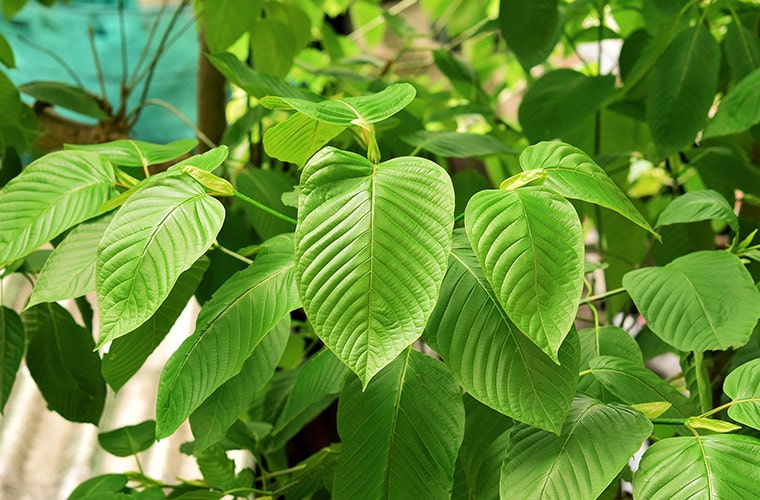Kratom: A Quick History Lesson
Oct 12, 2018 09:29
People have been using ethnobotanicals since the dawn of time. The use of kratom dates as far back as several millennia ago! Like other herbs, history records show that it has been used as medicine, mainly to promote productivity and combat lethargy. There are also users who treat it as an analgesic. Read on to learn more about this plant and how it earned a cult following.

What is Kratom?
Kratom is a tropical tree that grows from about 4 to 16 meters high. It is indigenous to Southeast Asia where the herb has been traditionally used by peasants and laborers as a stimulant to help them cope with their daily lives. Thais and Malaysians, in particular, have used it as a substitute when opium was not readily available as well as a remedy for coughs, diarrhea, and intestinal infection. In addition, the active ingredients in kratom have also been useful as an ingredient in cosmetics.
Use in Western Countries
In recent years, its popularity has been on the rise in Europe and the United States. It comes in a variety of forms that include capsules, raw leaves, powdered form, and concentrated extracts. You can purchase kratom from local shops or over the internet. The use of the herb is largely uncontrolled in most European countries. Only a few countries such as Denmark, Poland, and Sweden regulate its use.
Legal Status
Despite its wide array of medicinal uses, it has faced scrutiny due to its use as an alternative to opiates. The government of Thailand passed the Kratom Act in 1943 which made the possession and sale of the herb illegal. They even went to the extent of cutting down its trees to ensure enforcement of the law. The government of Myanmar, through a Ministry of Health notice, also banned the herb by declaring it a controlled narcotic drug.
Medical Research
Studies show that kratom is an effective painkiller with no significant negative effect, although long-term use studies have yet to be released. Unlike opiates, kratom stimulates the body and enables the patient to get on with their lives. Kratom has been helpful for people struggling with opiate addiction. It was actually used to treat morphine dependence in countries like Thailand in the past.
Public Opinion vs the DEA
The international legal status of Kratom is still undefined, despite its obvious advantages over pharmaceutical alternatives. In 2016, the DEA made an attempt to classify mitragynine and 7-HMG as controlled substances. Such an action would have effectively placed Kratom under the Schedule I category. However, a strong opposition from various quarters, including the scientific community, made the DEA ease its condemnation. While the DEA previously clashed with public opinion over substances like marijuana, the backlash with kratom was massive.
This is largely attributed to its benefits and scientists feared that such a ban would inhibit them from further studying it. Members of the public and even two senators joined in the foray and the DEA backed down considerably. Currently, fifteen countries have banned kratom. It is also illegal in six US states like Alabama, Indiana, and Wisconsin.
Future Prospects
Patients using this herb, as well as researchers exploring its usage and effects, should not celebrate yet. While the DEA has lifted its condemnation of the herb, the move is only temporary. The agency could decide to classify it as Schedule I drug and put a halt to its usage and research at any time. Scientific research into the herb has also remained inconclusive. There is still a need to establish the exact benefits and possible side effects to ensure proper usage of the drug, though things are looking up.







































































